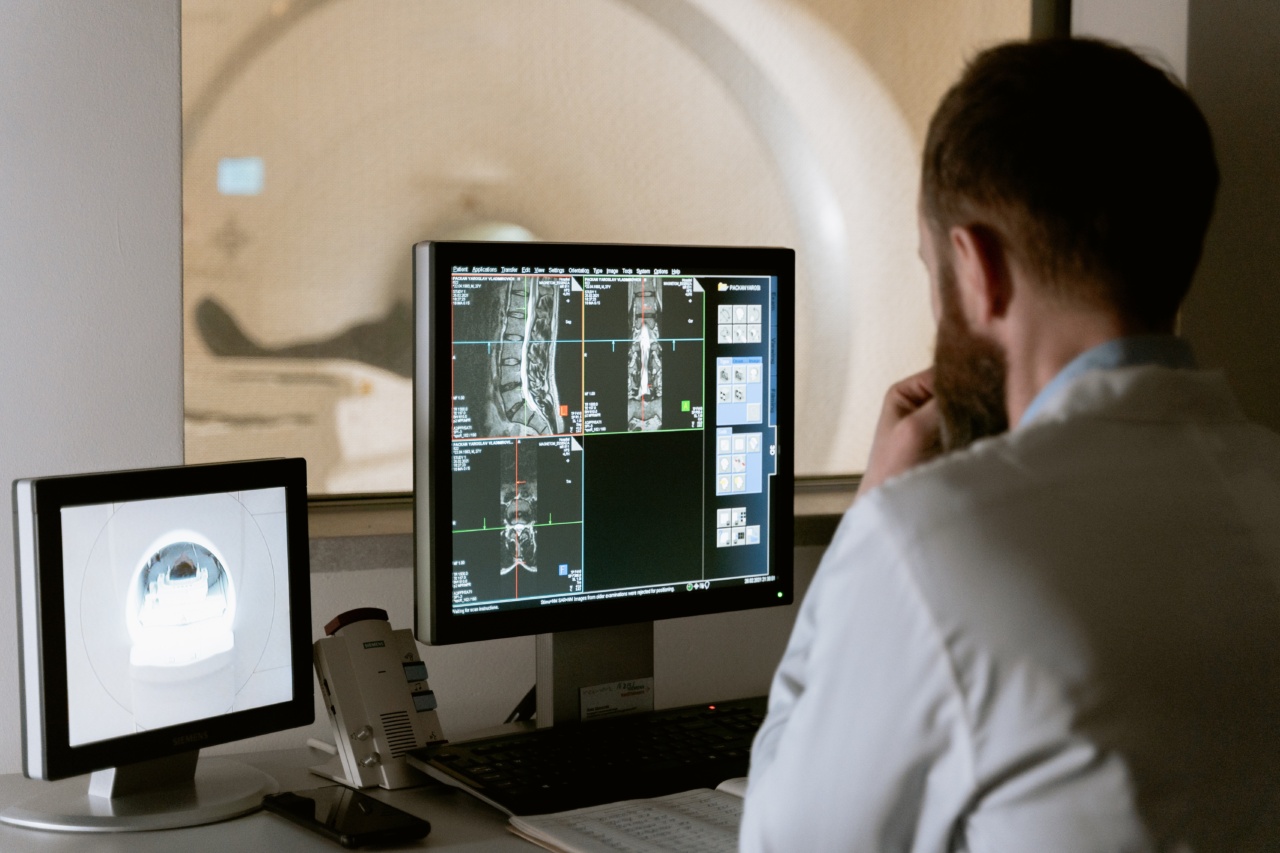Stroke is a serious medical condition that can cause long-term disability and even death. It is important to identify people who are at risk of stroke so that preventative measures can be taken.
In the past, assessing the risk of stroke has been a complex and invasive process. However, a new test has been developed that makes stroke risk assessment much easier.
What is a stroke?
A stroke is a medical emergency that occurs when the blood supply to the brain is cut off. This can happen when a blood vessel in the brain bursts or becomes blocked. When the brain is deprived of oxygen and nutrients, brain cells begin to die.
This can lead to permanent brain damage and long-term disability.
What are the risk factors for stroke?
There are many factors that can increase the risk of stroke. Some of the most common risk factors include:.
- High blood pressure
- Smoking
- Diabetes
- High cholesterol
- Obesity
- Family history of stroke
- Age (people over the age of 55 are at higher risk)
How is stroke risk currently assessed?
Currently, stroke risk is often assessed using a combination of medical history, physical examination, and diagnostic tests such as blood tests, echocardiograms, and MRI scans. This process can be time-consuming and expensive.
In addition, some of these tests can be invasive and uncomfortable for patients.
What is the new stroke risk assessment test?
The new stroke risk assessment test is a blood test that measures the levels of a protein called C-reactive protein (CRP) in the blood. CRP is produced by the liver in response to inflammation in the body.
High levels of CRP have been associated with an increased risk of stroke.
How does the test work?
The test is very simple. A healthcare provider takes a sample of blood from the patient and sends it to a laboratory for analysis. The laboratory measures the level of CRP in the blood and provides a report to the healthcare provider.
What are the benefits of the new test?
The new test has several benefits over traditional stroke risk assessment methods:.
- The test is quick and easy. It only takes a few minutes to take a blood sample and send it to the laboratory for analysis.
- The test is non-invasive. Unlike some traditional tests for stroke risk, there is no need for needles, electrodes, or other uncomfortable diagnostic tools.
- The test is inexpensive. The cost of the test is relatively low compared to other diagnostic tests for stroke risk.
- The test is highly accurate. Studies have shown that the level of CRP in the blood is a strong predictor of stroke risk. By measuring CRP levels, healthcare providers can accurately identify people who are at high risk of stroke.
Conclusion
The new test for stroke risk assessment is a game changer. It is quick, easy, and highly accurate. By identifying people who are at high risk of stroke, healthcare providers can take preventative measures to reduce the risk of stroke.
This can help to save lives, reduce disabilities, and improve the quality of life for people who are at risk of stroke.


























